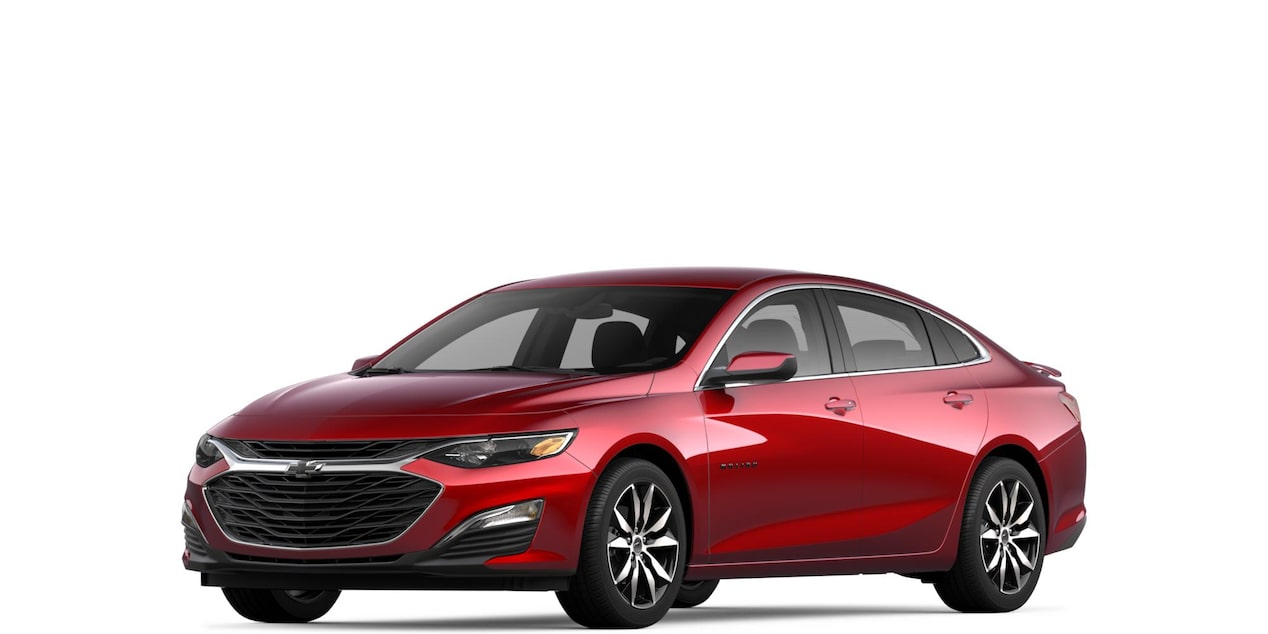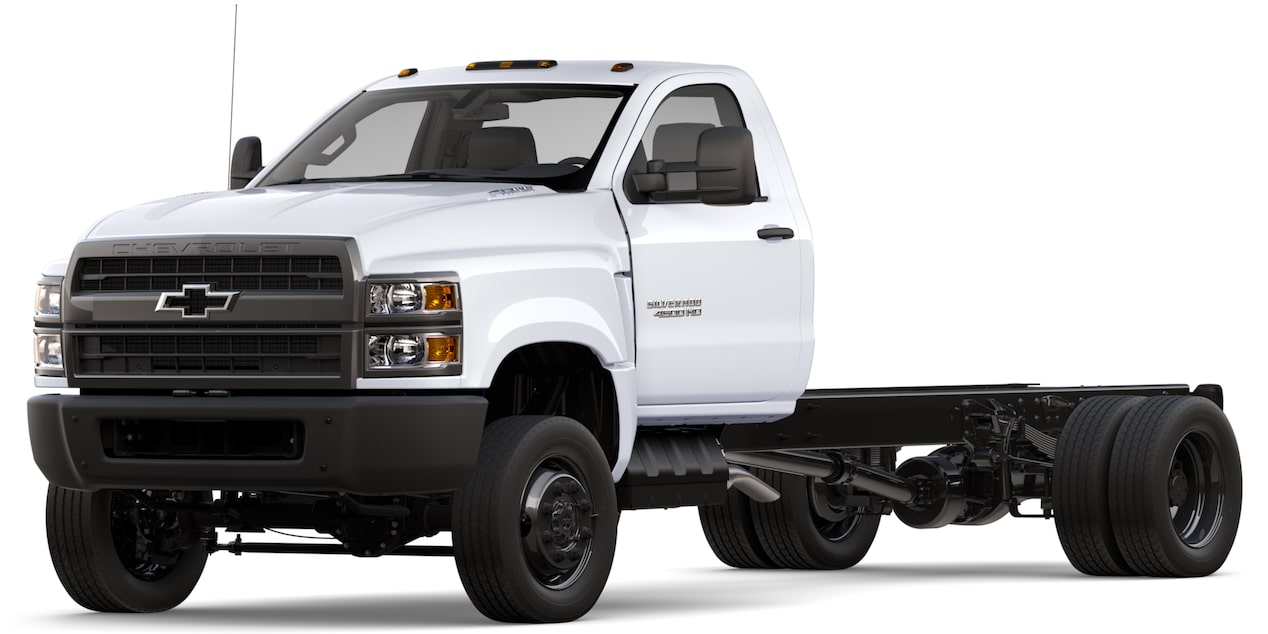
Ronnie Long has owned 12 first-generation Chevy II models in his life. It’s safe to say, he is a fan of the legendary compact produced by Chevrolet. The vehicle has evolved into a desirable classic from the muscle-car era, and today, Long has in his collection a stunning 1964 Chevy II Nova 400 powered by a Chevrolet Performance LSX376-B15 crate engine.*

Ronnie Long’s 1964 Chevy II Nova is powered by a supercharged Chevrolet Performance LSX376-B15 crate engine.*
“My first hot rod was a ’62 Chevy II so it got in my blood then,” he said during this year’s Holley LS Fest East event at Beech Bend Park in Bowling Green, Kentucky. He had traveled to the event from his home in Clarks Hill, South Carolina.
“I was 19 years old, and I always said that if I was successful and had the money, at some point in time I wanted another car,” he continued. “I've kind of done it like a lot of people do flipping houses. I've bought one, kept it a while, maybe made some upgrades to it, sold it to make a little money and moved my way up to a car of this class.”
The black Nova is certainly all class. It was built by Ronnie’s Hot Rods in Senatobia, Mississippi, and Long purchased it two years ago. The car originally came from Arizona, meaning it was relatively rust-free.

The LSX376-B15 crate engine* and Whipple supercharger under the hood.
The 6.2L, LSX376-B15 crate engine is an LSX-Series Gen IV Small-Block V-8. The power plant is built on an LSX cast-iron block with six-bolt, cross-bolted main caps, features a durable all-forged rotating assembly, and employs high-flow, LSX-LS3 six-bolt rectangular-port cylinder heads. As the name implies, the engine supports up to 15 pounds of boost.
Chevrolet Performance has rated the engine at 473 horsepower and 444 lb.-ft. of torque. However, the addition of a supercharger like Long’s 4.5L Whipple increases performance.
“With a mild tune-up the car makes 700 horsepower at the wheels and that's pretty impressive as far as muscle-car standards,” he said. “It has much more horsepower potential.”
At one time, Long owned another two-door hardtop Chevy II built as a Pro Street car powered by a twin-turbo LSX427. It made 1300 horsepower at the rear wheels, so he is fully aware of an LSX-based engine’s capability.
He was equally impressed with the LS-powered drift cars at Beech Bend, which employ the engine platform in a totally different way than does his car.
“It just sounds like somebody is screaming the entire time they're running, that motor has got to be the toughest GM's ever developed,” he said.
Long’s LSX376-B-15 also incorporates a Holley EFI system and is mated to a TREMEC TKO five-speed manual transmission.

The car features multiple Detroit Speed suspension components.
The Chevy II Nova was originally built in a Pro Touring style for autocross, but when it was completed, it ended up being too nice to put on the track. Detroit Speed suspension and related components are found underneath. They include double-adjustable coilovers on the front and rear, heavy-duty sway bars, a double A-arm front suspension kit, and a nine-inch QuadraLink rear end. A Detroit Speed mini-tub kit is also incorporated in the rear to allow for larger tires and provide a tough stance.
The Michelin Pilot Sport radial tires measure 275-30-18 in the front and 295-35-19 out back. They are paired with Billet Specialties wheels. Fourteen-inch Baer brakes with six-piston calipers in front and back provide excellent stopping power.
Ronnie’s Hot Rods also fabricated a full roll cage for the car and finished the exterior in PPG Black.
The red interior was completed by Paul Atkins Interiors in Hanceville, Alabama. It incorporates leather seats along with modern upgrades and add-ons.
The Chevy II Nova has received plenty of accolades, including top-10 results at multiple Goodguys Rod & Custom Association shows. At the 2024 edition of Holley LS Fest East, it was also the recipient of a Holley Hot Pick award.

A lifelong automotive enthusiast, Ronnie Long has owned 12 first-generation Chevy II models in his life, as well as many other vehicles.
Long originally hails from North Augusta, South Carolina, and worked as a machinist in the nuclear industry for many years until his retirement in 2009. As a result, his full-time work provided him with many transferable skills for his hot rod hobby. He is also a small-business owner primarily building custom competition rifles and is known nationwide as a competitive shooter.
As for his vehicle collection, it currently includes a full-tube chassis, NHRA-certified Pro Street 1965 Chevy II with a Big-Block Chevrolet engine and Powerglide transmission. He also has a ’63 two-door Chevy II hardtop in the process of being built. In his younger days, he drag raced as well and once built a ’73 Vega for the strip. He currently has the same model built in a Pro Street style with a blown Big-Block.
For a lifelong enthusiast like Long, the automotive hobby will forever remain part of his identity.
“I've still got the bug,” he said. “As long as I'm able to load a car and unload it and carry it to a show somewhere, that's the way I plan on spending the rest of my life.”

Plenty of horsepower is at the fingertips of anyone who sits behind the wheel of this Chevy II Nova.
Keep watching The BLOCK for more Chevrolet Performance builds from Holley LS Fest East and other automotive events nationwide.
*Because of its effect on a vehicle’s emissions performance, this engine is intended exclusively for use in competition vehicles. This engine is designed and intended for use in vehicles operated exclusively for competition: in racing or organized competition on courses separate from public roads, streets or highways. Installation or use of this engine on a vehicle operated on public roads, streets or highways is likely to violate U.S., Canadian, and state and provincial laws and regulations related to motor vehicle emissions.













































